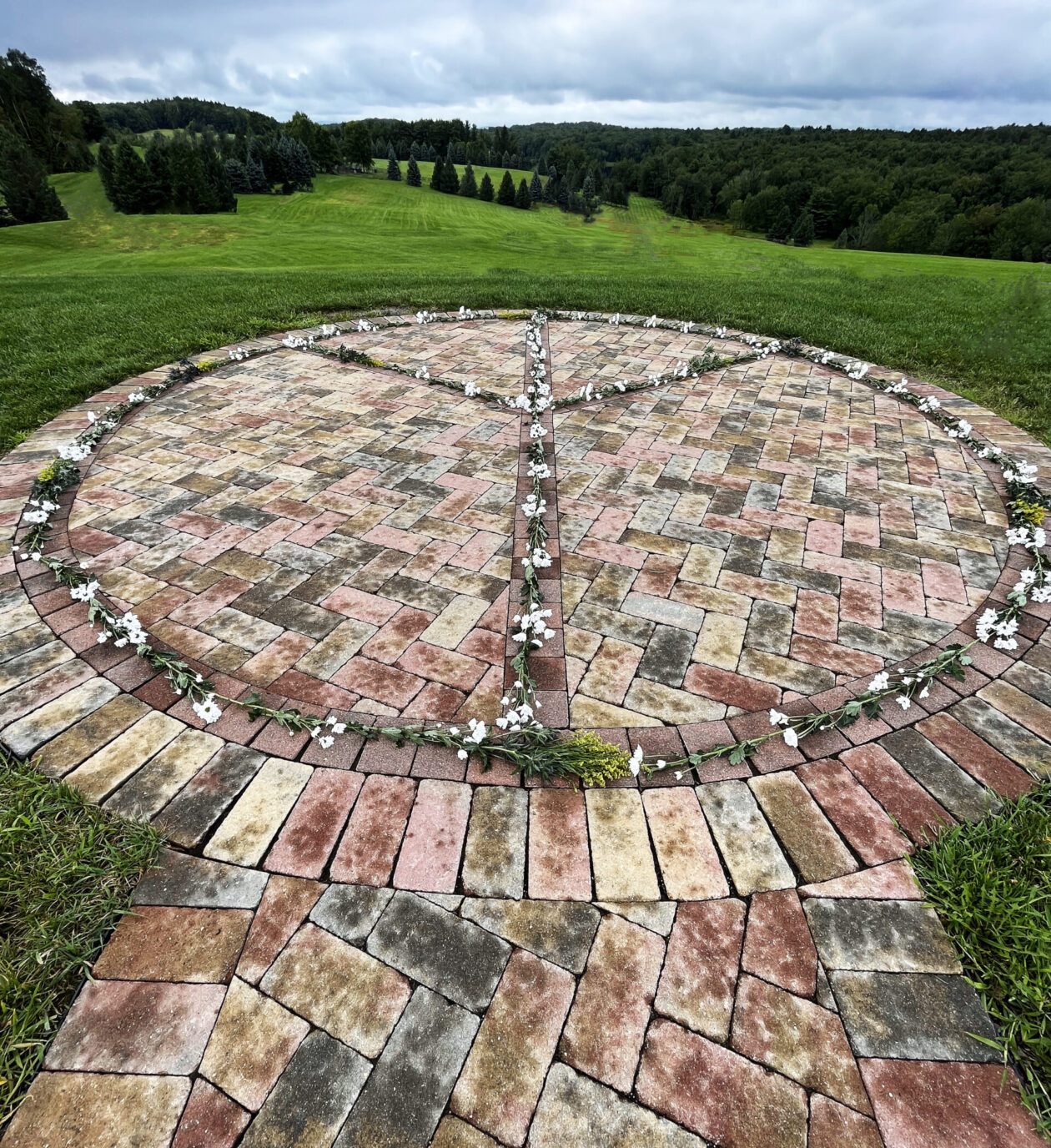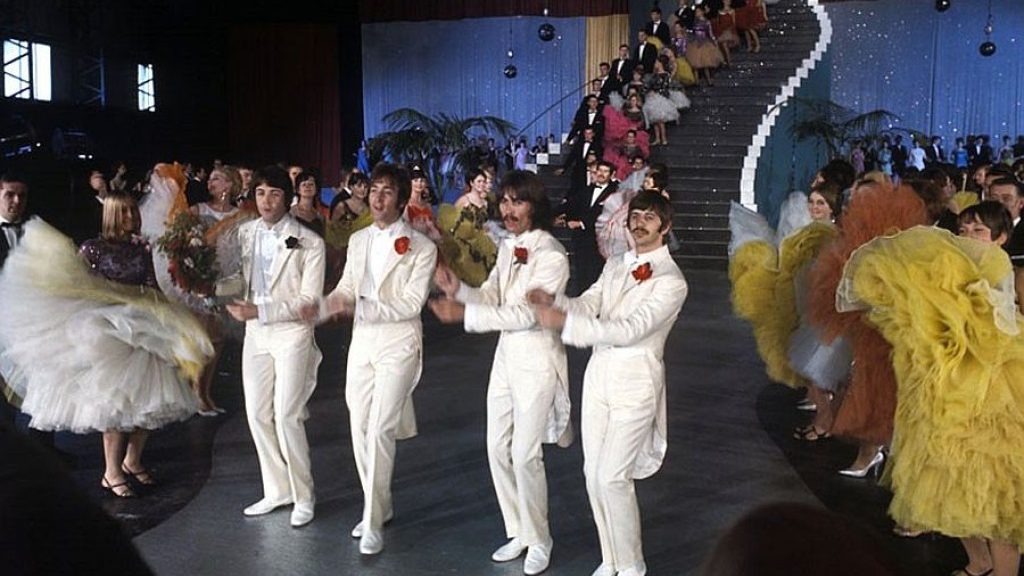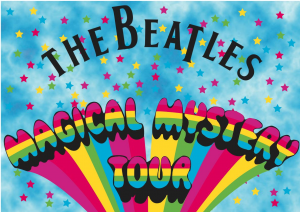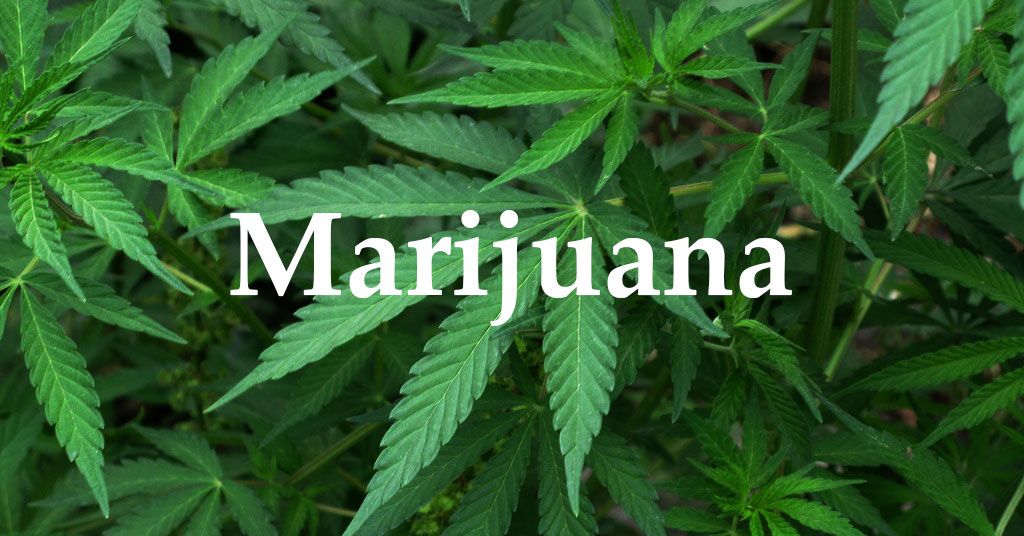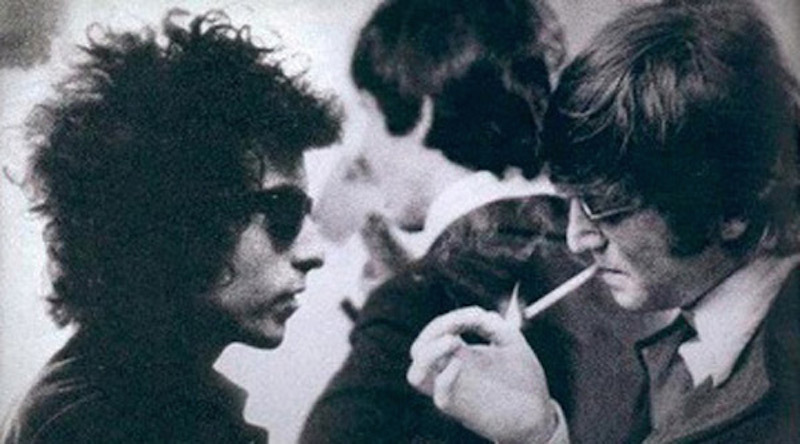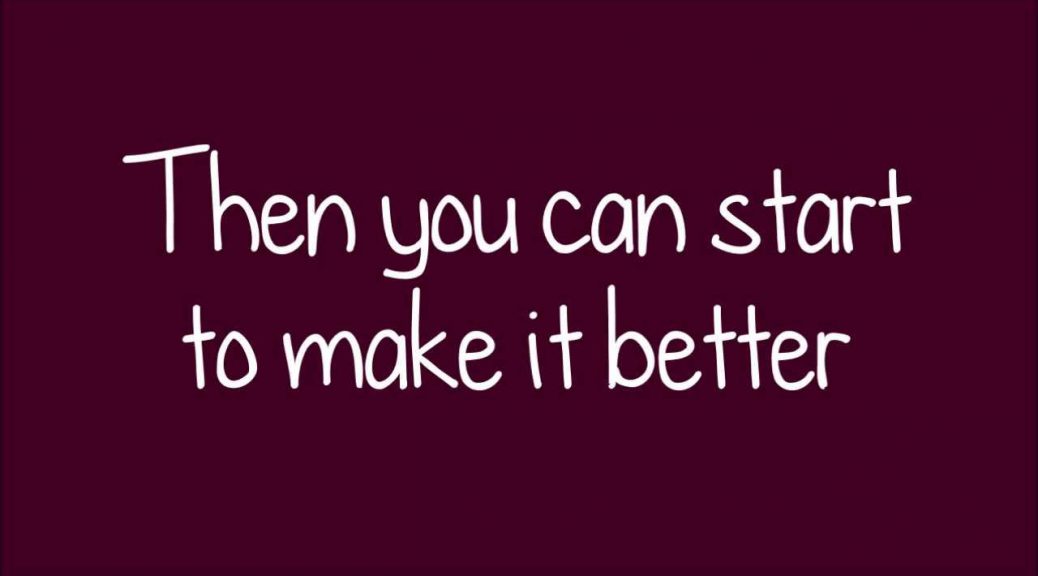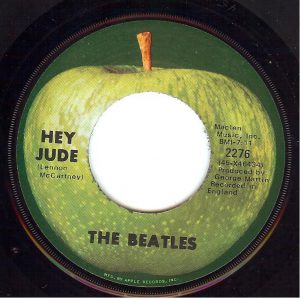Beatles Magical Mystery Tour
September 1, 1967
Beatles in Limbo
Their Candlestick Park, San Francisco concert on August 29, 1966 was the last Beatles concert. Yes they would play unannounced on the roof of the Apple building in 1969, but in 1966 they had decided that they preferred the studio to the road.
Beatles Magical Mystery Tour
Busy nonetheless
The Beatles remained busy over the next twelve months:
- John Lennon starred in the movie How I Won The War
- Paul McCartney wrote a soundtrack fro the movie The Family Way
- John Lennon met Yoko Ono
- They recorded and released the Sgt Peppers album. Their masterpiece.
- The idea of the Magical Mystery Tour movie hatched.
- “Penny Lane” became a #1 song
- Paul announced that the Beatles had used acid.
- Paul helped get Jimi Hendrix into the Monterey Pop Festival
- The Beatles participated in the Our World worldwide show.
- The Beatles included their names in a list of people stating that “the law against marijuana is immoral in principal and unworkable in practice.”
- “All You Need Is Love” became a #1 song
- they went to Bangor, UK to study with the Maharishi Mahesh Yogi.
- two days after they left for Bangor, Brian Epstein died
Beatles Magical Mystery Tour
September 1, 1967
Following Epstein’s death on August 27, Paul McCartney and the others realized how huge a loss Epstein’s absence would be. On this date, Paul strongly recommended that the four pick up the pace on recording the music for and filming the movie Magical Mystery Tour.
Beatles Magical Mystery Tour
Tony Barrow
Paul did this at a meeting with the other three, but beforehand he met with Tony Barrow, their press officer and the person credited with the moniker “the Fab Four.”
Barrow wrote in his John, Paul, George, Ringo, and Me book, “Paul made it clear to me that his aim was to make a feature-length film for full-scale theatrical release and he felt that a successful screen ‘tour’ would go a long way towards plugging the gaping hole left by the axing of the Fab Four’s concert trips. Indeed, if Paul had managed to produce one successful theatrically released feature film with The Beatles each year, a far bigger potential audience would have seen the group than did in the touring years, and the profit margin for the boys would have been enormous.”
Beatles Magical Mystery Tour
Project accepted
According to Barrow McCartney did a good job of laying out the concept and emphasizing its importance to them as a group.
They finished filming on November 3, 1967. On November 7 they finished recording and mixing the music.
Beatles Magical Mystery Tour
